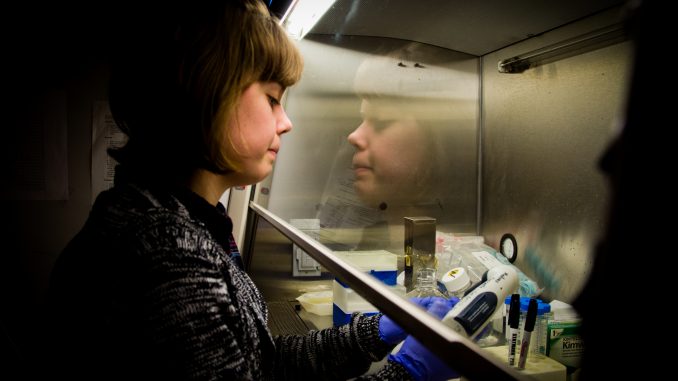
Researchers from the College of Engineering are working in conjunction with an Alabama research corporation to recreate living tissue on a microchip in an effort to reduce the use of animals and humans in medical testing.
Professor and chair of the mechanical engineering department Mohammad Kiani has been working closely with the medical school, Shriner’s Hospital for Children and CFT Research Corporation in Alabama.
The project began when Kiani’s former student who works for the CFT Research Corporation, Dr. Balabashkar Prabhakarpandian, suggested trying to reproduce microvascular networks on a microchip that can be used as a substitute for animal tissue in scientific tests.
Kiani said the team has developed a technology allowing them to map microvascular networks from humans and animals as well as reproduce and capture images of those networks.
They can grow the same type of cells that exist in an animal, as well as different types of cells, like cardiac or neural cells. The chips would then be compared to existing animal models to validate their accuracy.
“You could do all sorts of tests with these kinds of systems,” Kiani said.
Advantages of recreating these networks include reducing the need for animal and human experimentation, as well as cost.
“It could also be cheaper and more reproducible because when you try something on an animal or a human, the next one is not going to be the same, there is a lot of variability in a living species,” Kiani said.
The chip contains small vessels that cannot be seen without a microscope, as well as a frosty area containing the actual tissue.
Now, the team is working on recreating a pediatric brain on the chip, replicating a blood-brain barrier. Kiani called the brain “a privileged organ,” and said many harmful materials cannot pass through the blood-brain barrier. However, the blood-brain barrier can also prevent needed drugs from reaching the brain due to tight junctions.
In newborns, this barrier is not as strong or well protected, which leads to congenital diseases in newborns. Scientists can use the pediatric brain on the chip as a model for studying diseases, and have the ability to adjust heights and openings of channels to look at different conditions in newborns.
The long-term goal of this endeavor, Kiani said, is to use the chips for initial experimentation instead of using animals or humans, before testing drugs on actual humans.
Despite the chips reducing cost and ethical concerns, they likely will not replace animal and human testing entirely.
“No matter how well you can reduce the environment, it’s still not an animal,” Kiani said.
Logan Beck can be reached at logan.beck@temple.edu or on Twitter @loguebeck.


Be the first to comment